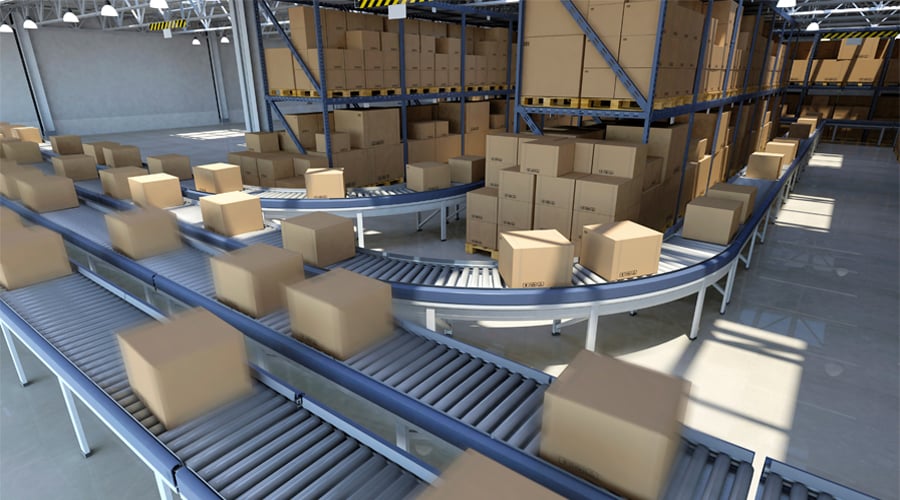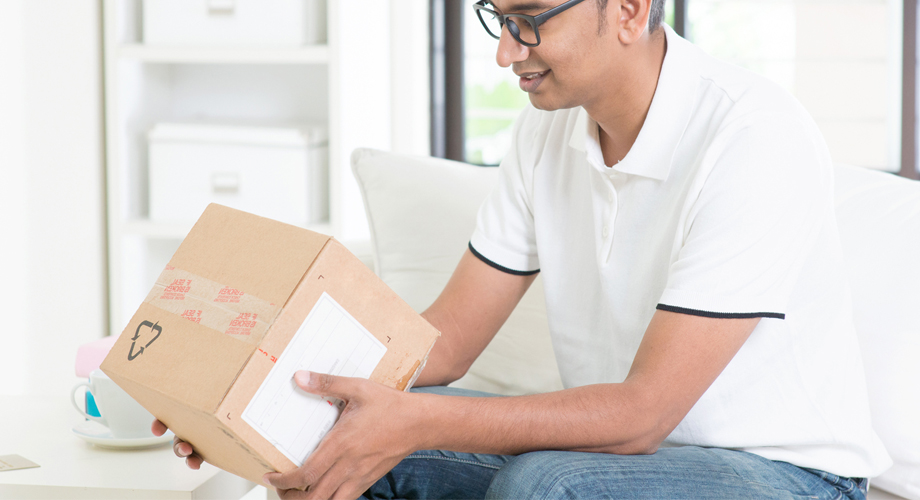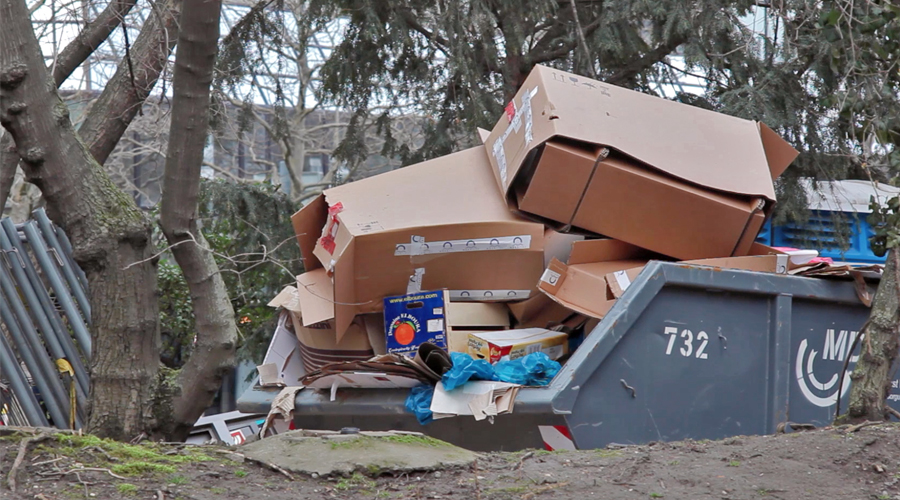Christmas clicks: e-commerce packaging in the festive season
With the festive period fast approaching, Isabel Rocher, head of e-commerce solutions at DS Smith explores how the packaging industry is meeting the challenges posed by the e-commerce revolution
I think I ordered my first product from (a now defunct) online retailer sometime in the late 1990s. There was talk of revolution at the time, but it’s only in more recent years that we’re starting to see that online shopping is living up to the hype and becoming mainstream. 2016 has seen a huge increase in the number of people shopping online. According to the ONS, the amount we spent online in September 2016 increased 22% compared with September 2015.
 The move towards a world in which e-commerce is the default shopping method continues and the changes that this brings with it are gathering pace. The past year has seen a wealth of technological advancements that suggest that we’ve reached a tipping point of sorts and that it’s not going to be long before ideas that would have once been fantastical are the daily reality for millions of shoppers.
The move towards a world in which e-commerce is the default shopping method continues and the changes that this brings with it are gathering pace. The past year has seen a wealth of technological advancements that suggest that we’ve reached a tipping point of sorts and that it’s not going to be long before ideas that would have once been fantastical are the daily reality for millions of shoppers.
Many of us in the packaging industry are used to keeping ahead of the technological curve, however the e-commerce supply chain represents a whole different set of challenges when compared to more conventional retail channels.
Today, it’s not hyperbole to suggest that developing trends in e-commerce are more than just changing delivery methods; we have to recognise also a fundamental alteration in customers’ expectations and demands at least as significant as the emergence of the supermarket.
Strength and flexibility
There are up to 50 touch-points in the e-commerce supply cycle; potentially 50 separate opportunities at which a package is handled by a machine or by human hands and, crucially, each of these points can bring their own, unique risks. Whether it’s something as simple as a package being returned to a depot several times following a delivery failure or the more futuristic vulnerabilities created by a delivery via drone (as DHL is already doing with medical supplies in Germany), packaging needs to be structurally sound and more adaptable than ever before.
At DS Smith, we’ve invested in a unique testing facility that replicates the rigours and forces of the e-commerce supply cycle until we’re confident that the package has the strength it needs to protect our customers’ products whatever the type or length of its journey from the supplier.
So that’s performance, but what about adaptability? There’s been a huge amount of discussion about ‘the final mile’ and what this means for both suppliers and customers. A large number of innovative ideas have been trialled and there are many more on the way. You can make a case for ‘click and collect’ being the current leader in this space although in recent months as retailers have started to charge a premium for the service, I get the sense that its time in the sun may be waning. Collection lockers have been trialled with some success at tube stations around London, and car manufacturers have begun to experiment with facilitating deliveries to people’s car boots via a locking system activated by smartphone apps. Some have even speculated that a company such as Uber could play a significant role in ‘final mile’ deliveries, so customers may need to get used to sharing their taxi home with someone’s online purchases.

The innovation challenge is in the ‘final’ mile, and for those of us in the packaging industry our aim has to be to develop products that meet the needs of the supply chain, the retailer and the shopper whilst still remaining cost-effective.
Home theatre
Another challenge that e-commerce brings is that a package that arrives in a customer’s home is required to fulfil many of the functions that would have traditionally happened in the store. A product that stands out in store still needs the ‘wow factor’ when delivered inside a box and in an environment free of sales assistants, POS and ambience – packaging also needs to help with post-purchase engagement. In other words, you want the opening of a package to a be a special event, a moment where a customer feels the thrill of a good purchase; you certainly don’t want to shower them with polystyrene filler or pose a test of dexterity and ingenuity to get the package open in the first place.

Environmental impact
We’re also working hard to reduce the environmental impact of all our packaging products. A complaint that shoppers regularly level at online retailers is the use of excessive packaging.
 Although we recognise that there is still work to be done in this area, when you consider the breadth of the product range offered by online retailers, and as a result the almost infinite combinations of products purchased and shipped together, you can start to understand why this is a complex issue for the packaging industry to resolve. As an industry, we need to work together to address this issue, and continue to innovate and create packaging that is highly efficient in its use of space, even when multiple, differing objects are delivered together.
Although we recognise that there is still work to be done in this area, when you consider the breadth of the product range offered by online retailers, and as a result the almost infinite combinations of products purchased and shipped together, you can start to understand why this is a complex issue for the packaging industry to resolve. As an industry, we need to work together to address this issue, and continue to innovate and create packaging that is highly efficient in its use of space, even when multiple, differing objects are delivered together.
Embracing e-commerce
The e-commerce revolution is being driven by simplicity and convenience, and by a generation of shoppers for whom the use of connected devices to order products is not just a preference but an instinctive act. The paradox of this situation is that the simpler the shopping experience for the customer, the more complex and diverse the requirements are for all of us involved in the supply cycle. At Christmas, as online purchases flood in to homes and offices around the country, these complex requirements are compounded.
In the era of e-commerce, packaging needs to perform in ways that were inconceivable at the time I made that first online purchase in the late 90s. But it’s a challenge we relish and one that puts a spring in our step on our way to work every morning.

